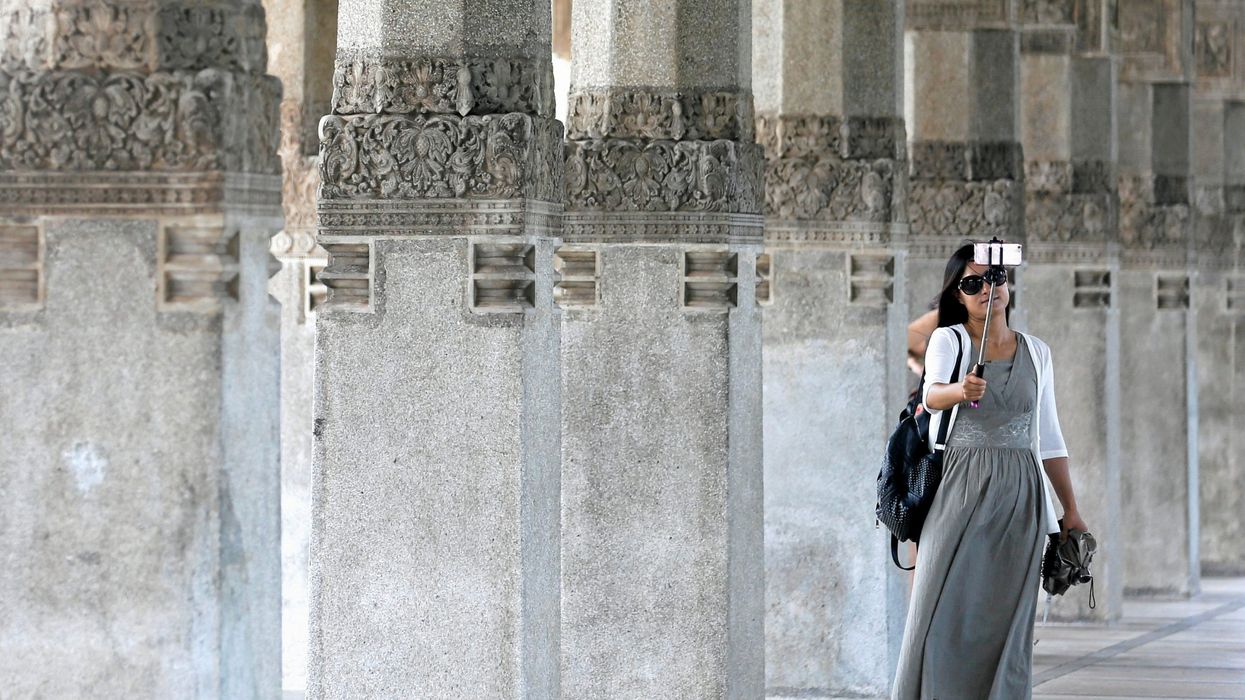Sri Lanka is expecting foreign direct investment inflows to rise by a fifth to $1.3 billion (£1.05bn) this year, a government official said on Wednesday (24), with India likely to play a lead role despite the Sri Lankan economy facing its worst crisis in decades.
Although it was pushed to the brink last year by power cuts, chronic shortages of fuel and food and soaring inflation, Sri Lanka managed to raise its FDI by 38 per cent to $1.08bn (£870 million), data from the Board of Investment (BoI) showed.
Part of the bump came from India, which wants to keep China's expansion in its neighbour in check. India's Adani group signed up for two wind power plants worth $442m (£358m) last year.
In the first quarter, Sri Lanka has already received proposals worth $600m (£484m), said BoI Director General Renuka Weerakone, with 22 new projects and six expansions.
"The acid test is really in what comes in, that is what really helps the economy," she said.
Sri Lanka is banking on information technology, solar and wind, bunkering and mineral processing to attract investments.
India's MCS Group has signed a $20m (£16.2m) deal for mineral processing, the largest Sri Lanka has received so far in 2023, Weerakone said.
Other countries are also keen.
"Japan is very interested in minerals, so is China," she said. "The raw material we have is something we can really pitch to get new investments."
Sri Lanka has untapped deposits of graphite, phosphate and other minerals to attract investors but policy frameworks are yet to be updated, creating a bottleneck for FDI, Weerakone added.
Over the last decade, China has invested about $3bn (£2.4bn) in Sri Lanka, accounting for nearly a quarter of its FDI, while India made up about $1.3bn (£1.05bn). In the last two years, India took the lead, followed by the UK in 2022 and Netherlands in 2021.
(Reuters)














